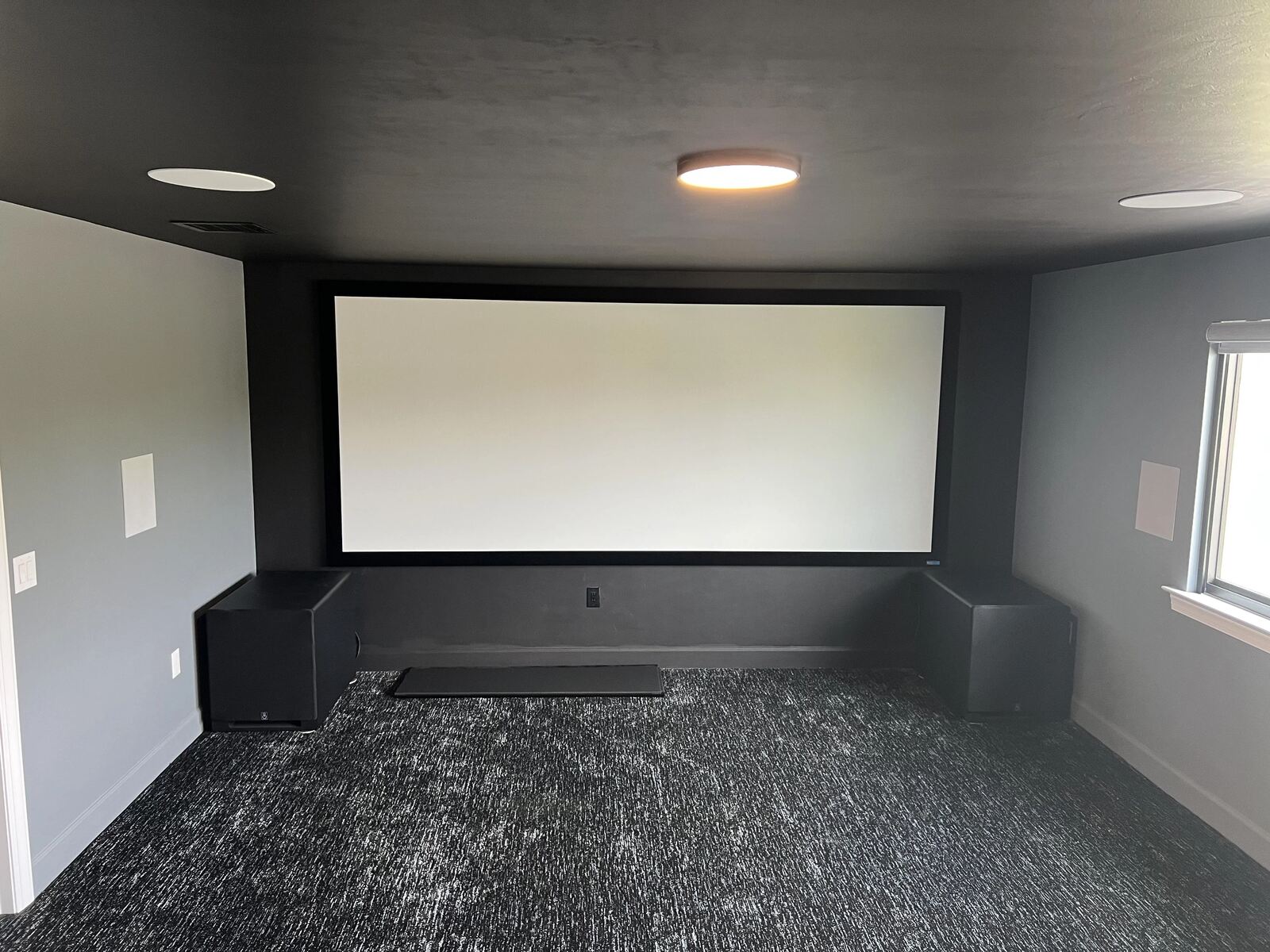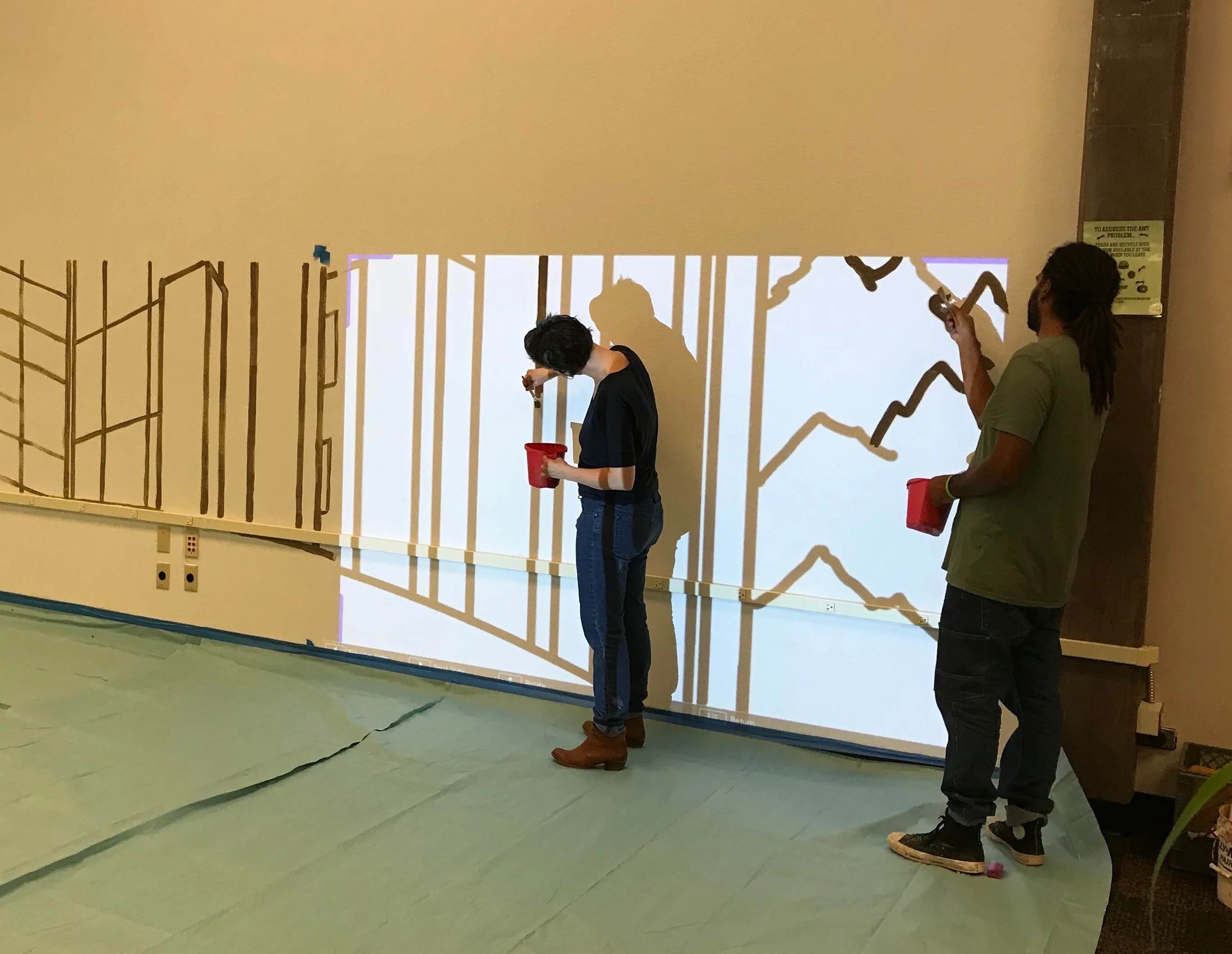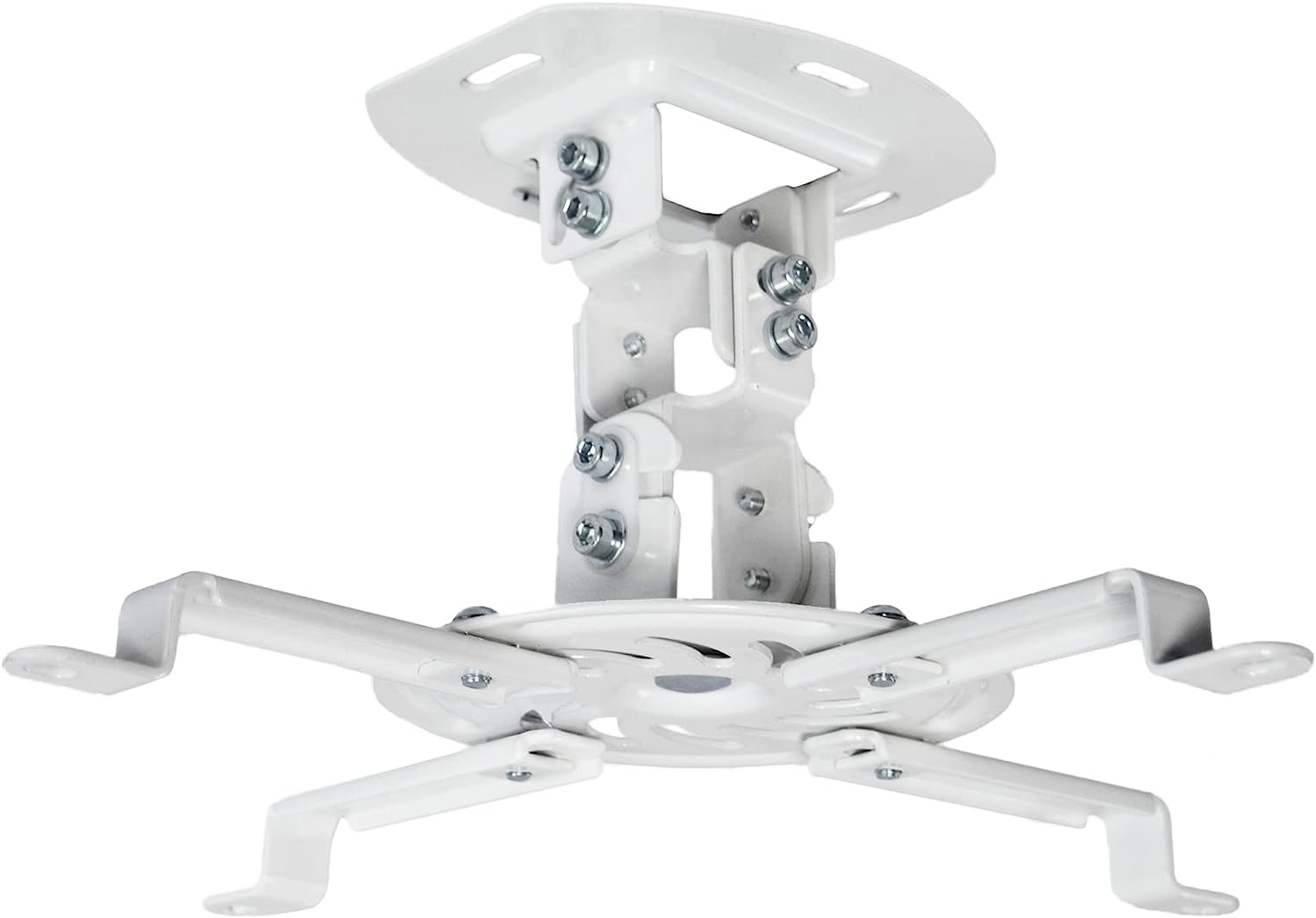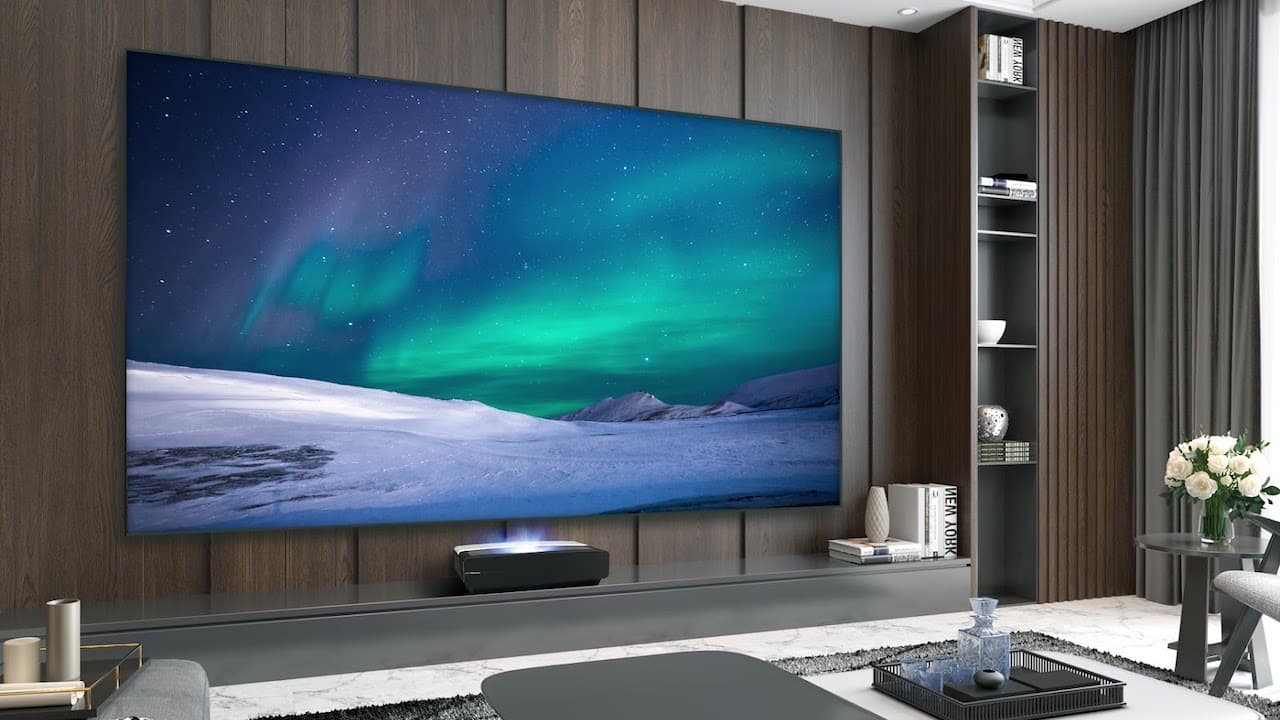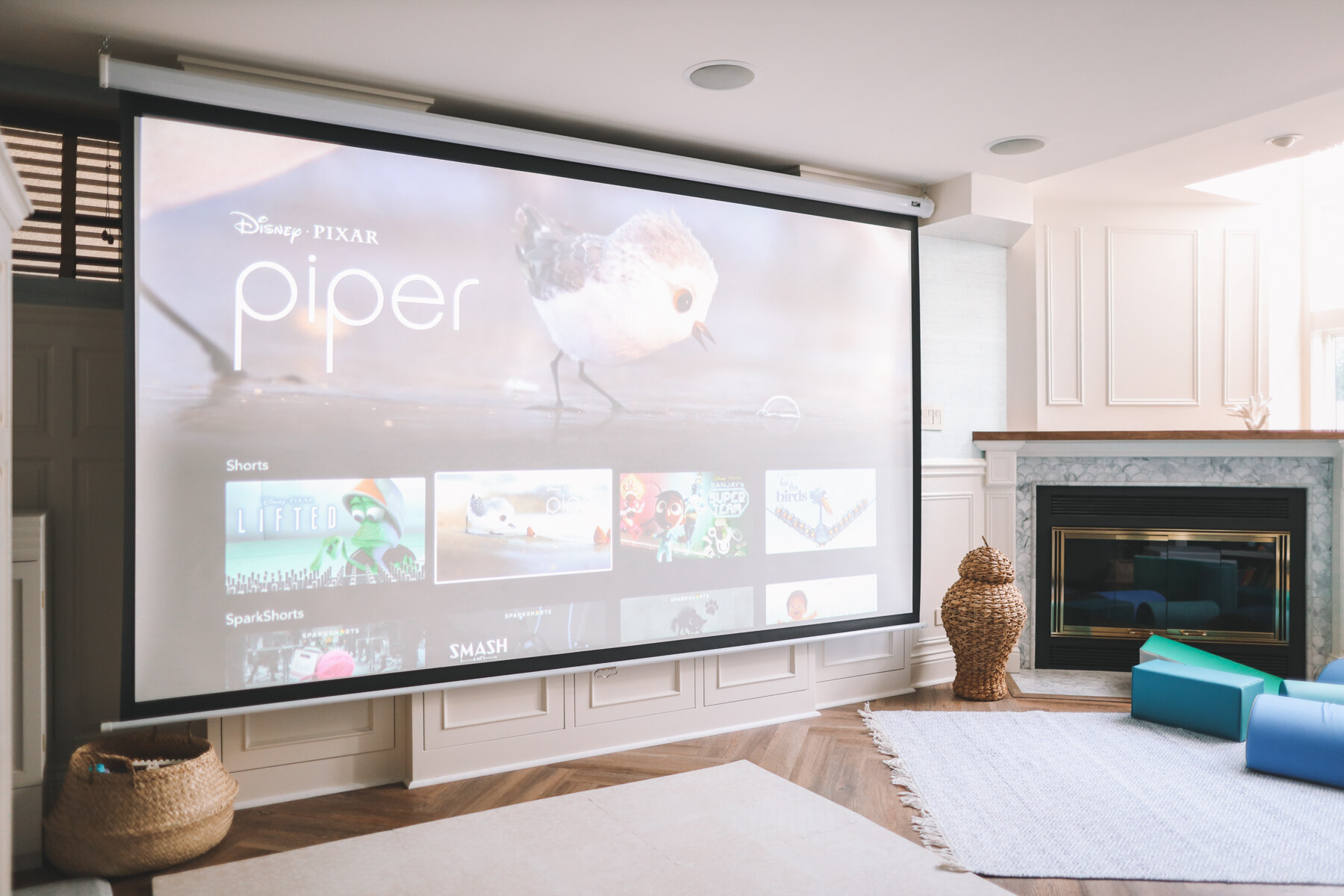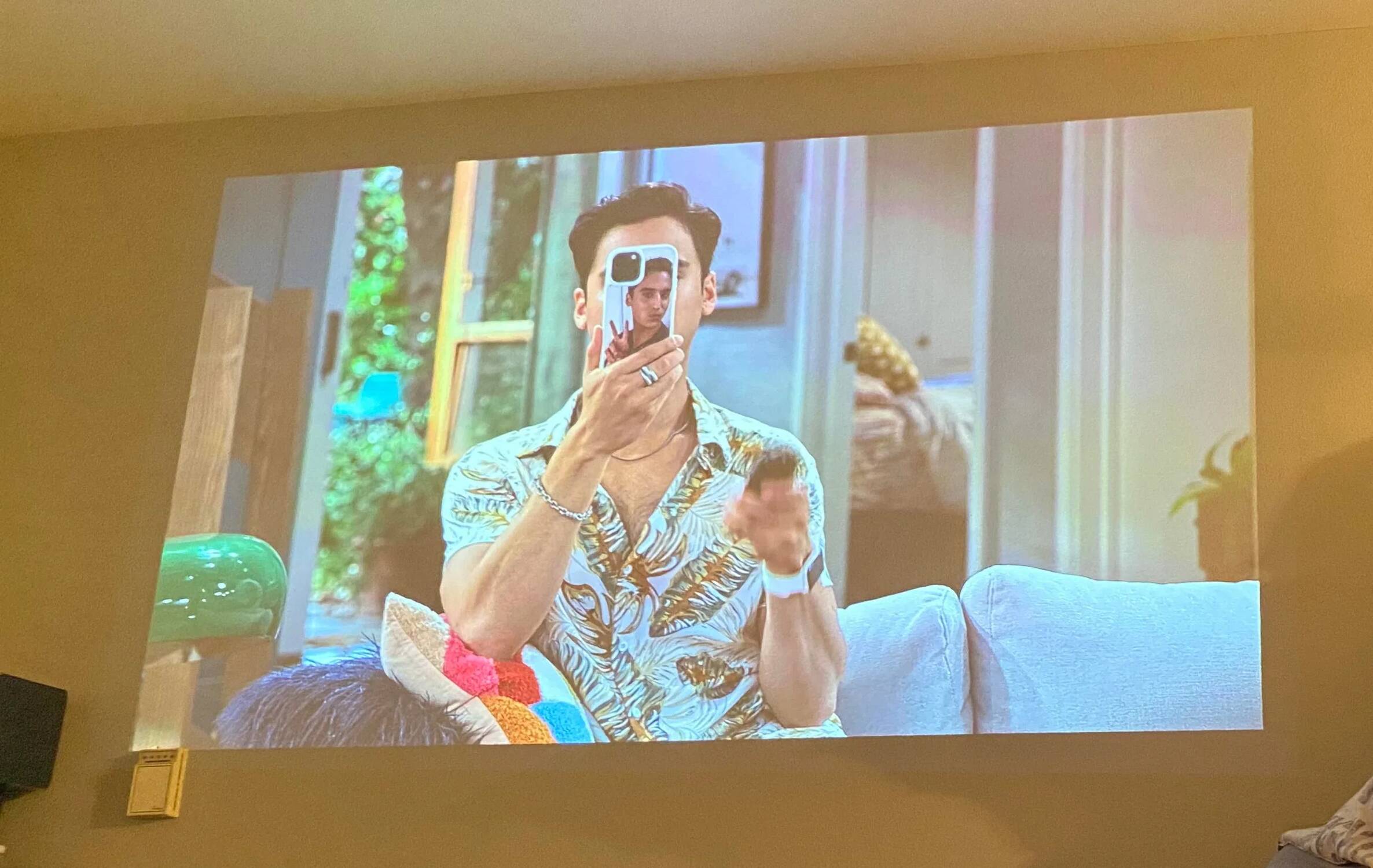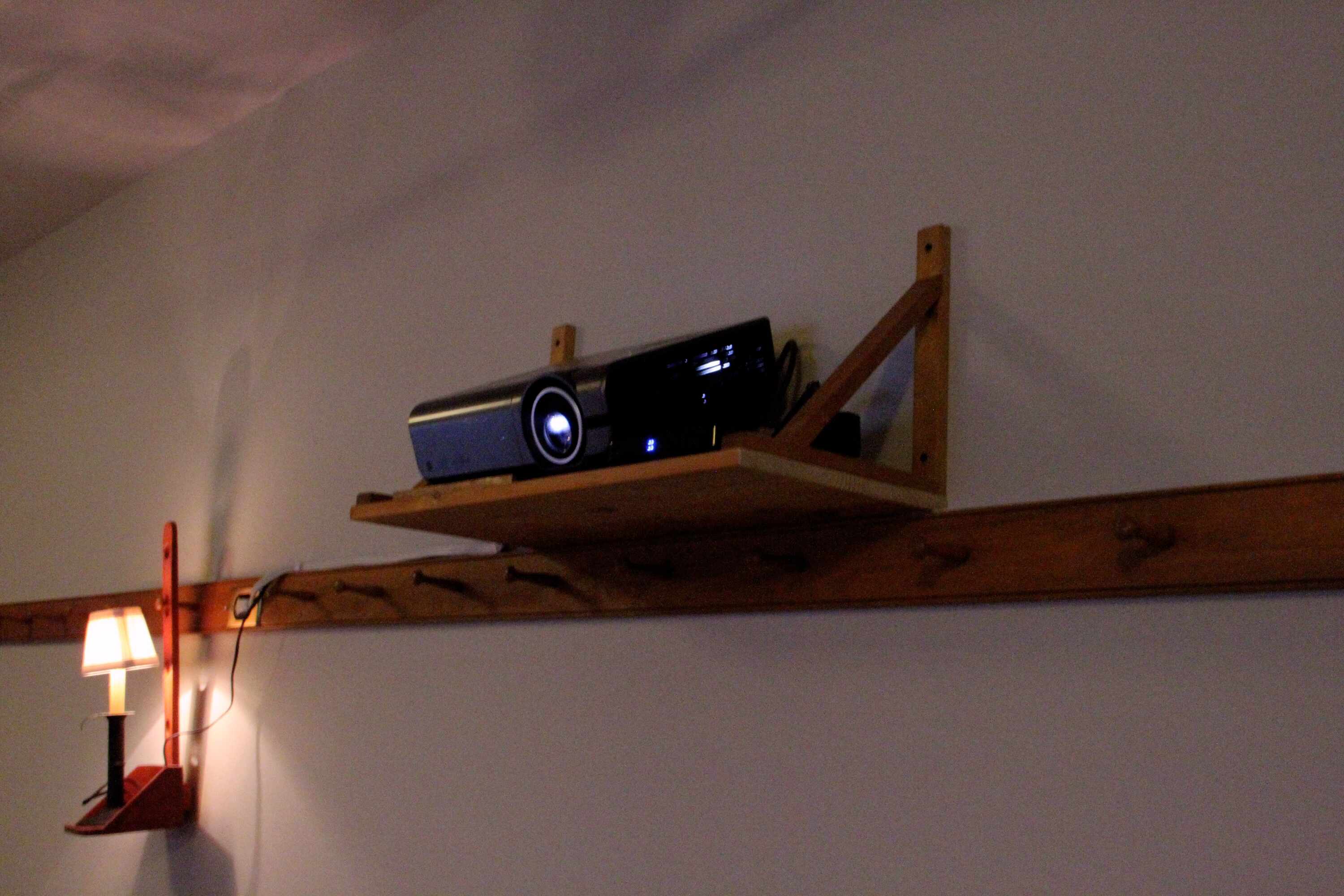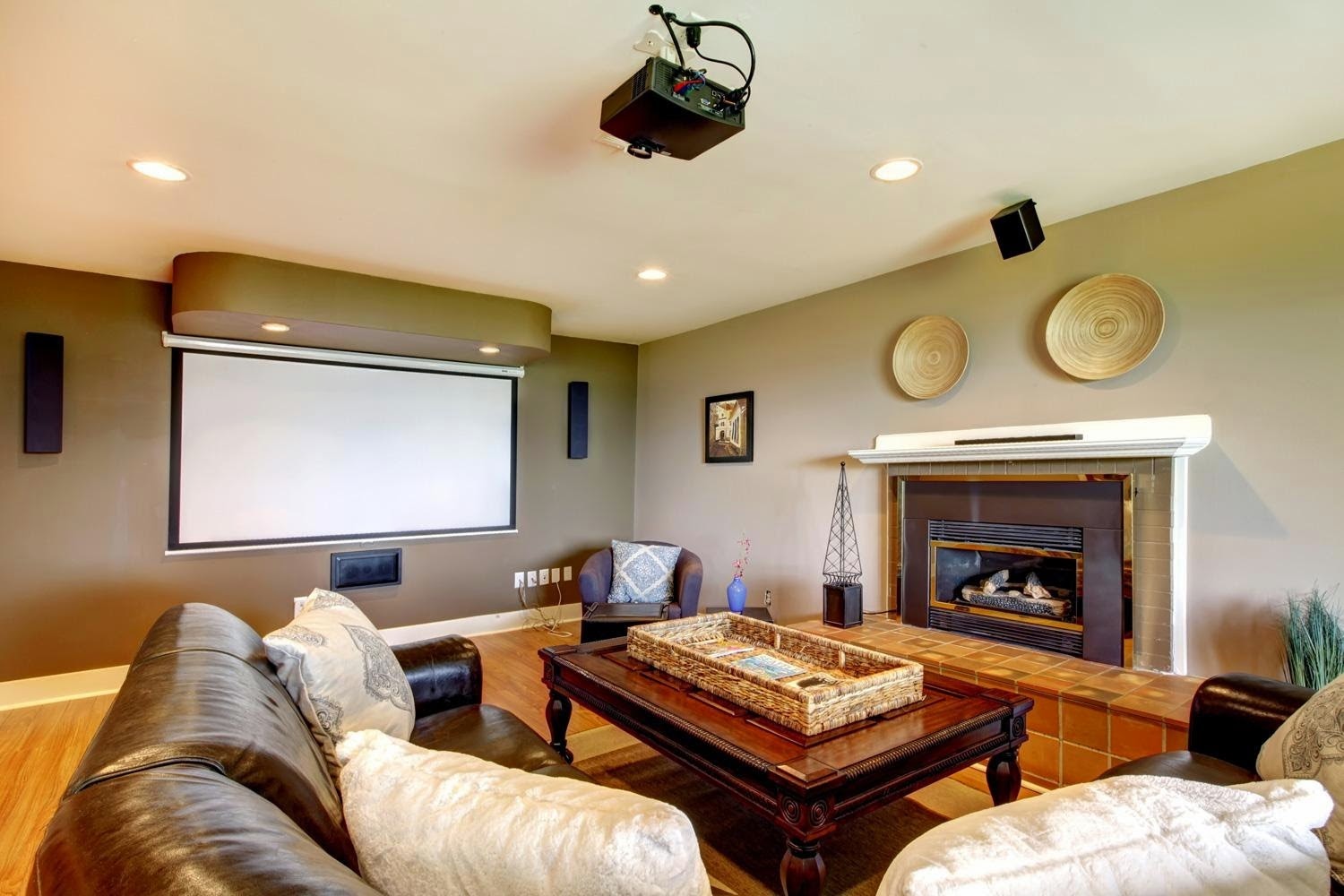Introduction
Welcome to the world of projectors, where stunning visuals come to life right in your very own home. Every movie enthusiast dreams of having a high-quality projector that offers an immersive cinematic experience. However, while getting the right projector is essential, the choice of wall color also plays a crucial role in maximizing your viewing pleasure.
The wall color you select can greatly impact the overall projection quality, as it affects factors such as contrast, brightness, and color accuracy. In this article, we’ll explore the importance of choosing the right wall color for your projector setup and provide recommendations to help you make the best decision.
When it comes to projectors, the goal is to achieve a vivid and lifelike image. This can be attained by creating an optimal contrast ratio between the projected image and the surrounding wall. The choice of wall color directly impacts this contrast ratio and can either enhance or diminish the visual experience.
Beyond contrast, the room’s lighting conditions can also influence how the projected image appears. Factors such as natural light, artificial light sources, and ambient lighting can all affect color accuracy and overall picture quality. Therefore, it’s important to consider the room’s lighting when selecting the ideal wall color for your projector setup.
Now that we understand the importance of wall color for projectors, let’s dive into specific considerations to keep in mind when making your decision. We’ll explore optimal contrast ratios, room lighting requirements, and finally, provide some wall color recommendations that will help you create a breathtaking home theater experience.
Choosing the Right Wall Color
When it comes to selecting the perfect wall color for your projector setup, there are a few key factors to consider. The goal is to enhance the contrast ratio between the projected image and the wall, as well as to ensure accurate color representation. Here are some important considerations:
1. Optimal Contrast Ratio: The contrast ratio refers to the difference between the brightest and darkest areas of the projected image. To achieve optimal contrast, it’s recommended to choose a wall color that is several shades darker than the projected image. This creates a clear distinction between the bright colors on the screen and the surrounding wall, resulting in a more vibrant and immersive viewing experience.
2. Room Lighting: The lighting conditions in the room can significantly impact the perceived image quality. If your room is well-lit with natural or artificial light, consider choosing a wall color with a matte or low-reflective finish. This helps to minimize glare and unwanted reflections, ensuring that the projected image remains sharp and vibrant even in well-lit environments.
3. Color Accuracy: To ensure accurate color representation, it’s important to choose a neutral wall color that doesn’t introduce color casts or distortions. Shades of gray or off-white are often recommended as they provide a neutral backdrop for the projected image. Avoid using pure white as it can create a harsh contrast and may result in an unnatural color reproduction.
4. Ambient Light Control: If you have control over the room’s ambient lighting, consider using blackout curtains or blinds to create a controlled viewing environment. This allows you to have better control over the lighting conditions, ensuring that the projected image appears as intended.
By taking these factors into account, you can select a wall color that maximizes contrast, enhances color accuracy, and creates an ideal viewing environment for your projector setup.
Consider the Room Lighting
When it comes to creating the perfect projection experience, the lighting conditions in your room play a critical role. The beauty of projectors lies in their ability to create a large and immersive image, but the surrounding lighting can have a significant impact on the overall quality. Here are some factors to consider when it comes to room lighting:
1. Natural Light: If your room has windows or skylights, it’s important to consider how natural light will affect the projected image. Direct sunlight can create glare and wash out the image, so it’s best to have window coverings or curtains to control the amount of light entering the room. If possible, position the projector away from direct sunlight to minimize its impact on the viewing experience.
2. Artificial Light Sources: The type of artificial lighting in your room can also influence the projected image. Avoid using harsh or bright overhead lights, as they can create unwanted glare and diminish the contrast of the image. Instead, consider using dimmer lighting options such as floor or table lamps to create a softer and more ambient lighting environment.
3. Ambient Lighting: The overall ambient lighting in the room can greatly affect the perceived image quality. A completely dark room is ideal for achieving the best contrast and color accuracy. If complete darkness isn’t possible, you can use dimmable lights or install lighting fixtures with adjustable brightness to create a controlled and comfortable viewing environment.
4. Lighting Control: Having the ability to control the room’s lighting is essential for an optimal viewing experience. Consider installing a lighting control system that allows you to easily adjust the intensity and color temperature of the lights. This way, you can create different lighting scenes tailored to different viewing situations, whether it’s a movie night, a sports event, or a gaming session.
By carefully considering the room’s lighting conditions and taking steps to control and optimize them, you can greatly enhance the visual quality and overall enjoyment of your projector setup.
Optimal Contrast Ratio
When it comes to creating a stunning visual experience with your projector, achieving an optimal contrast ratio is crucial. The contrast ratio refers to the difference between the brightest and darkest areas of the projected image. A high contrast ratio results in a more vibrant and lifelike image, making your viewing experience truly immersive. Here are some important considerations for achieving an optimal contrast ratio:
1. Darker Walls: One of the key factors in maximizing contrast is choosing a wall color that is several shades darker than the projected image. This creates a clear distinction between the bright colors on the screen and the surrounding wall, enhancing the depth and richness of the projected image. Darker wall colors absorb more light, minimizing reflections and increasing the perceived contrast.
2. Matte or Low-Reflective Finishes: The finish of your wall can also impact the contrast ratio. Matte or low-reflective finishes help to minimize light bounce-back and glare, ensuring that the projected image appears crisp and clear. Avoid glossy or reflective finishes, as they can create unwanted reflections that reduce contrast and image quality.
3. Ambient Light Control: Controlling the ambient light in your viewing environment is crucial for achieving an optimal contrast ratio. Strong ambient light can wash out the image and reduce the perceived contrast. To create a more controlled viewing environment, consider using blackout curtains or blinds to block out external light sources and create a dark and immersive space.
4. Screen Selection: In addition to wall color, you may also consider using a dedicated projection screen to further enhance the contrast ratio. Projection screens are designed to maximize light reflection, resulting in a brighter and more vibrant image. Some screens are also specifically designed to improve contrast by minimizing light scatter, providing a sharper and more vivid image.
By selecting a darker wall color, using matte or low-reflective finishes, controlling ambient light, and considering a projection screen, you can achieve an optimal contrast ratio that brings your projected image to life. Remember, a higher contrast ratio not only improves image quality, but it also enhances the overall visual experience, making your movie nights or gaming sessions truly unforgettable.
Wall Color Recommendations
Now that we’ve explored the importance of wall color in achieving optimum projection quality, let’s delve into some wall color recommendations that can enhance your viewing experience. While personal preferences and room aesthetics will ultimately play a role in your decision, here are some suggestions to consider:
1. Gray Shades: Shades of gray are a popular choice for projector wall colors due to their neutral nature. Light to medium gray tones can provide an excellent backdrop for the projected image, allowing colors to pop while maintaining a balanced contrast ratio. Avoid using very dark grays, as they can make the room feel dim and may result in a loss of detail in darker scenes.
2. Off-White Tones: Off-white tones, such as cream or ivory, can also work well as projector wall colors. These lighter shades provide a neutral background that won’t introduce unwanted color casts. Be sure to avoid pure white, as it can create a harsh contrast and may result in an unnatural color reproduction.
3. Wallpapers with Neutral Patterns: If you want to add a touch of visual interest to your room, consider using wallpaper with neutral patterns. Designs featuring soft textures or subtle patterns can provide visual depth without distracting from the projected image. Stick to colors and patterns that complement your overall room decor and maintain a good balance with the projector’s performance.
4. Dark Theater Setting: If you’re looking to create a true cinematic experience, consider going for a darker theater setting. Deep burgundy, navy blue, or dark brown walls can add a luxurious and immersive feel to your home theater. Just ensure that the wall color doesn’t create too much darkness, hindering visibility or causing eye strain during extended viewing sessions.
5. Customized Color Testing: Ultimately, it’s recommended to test different wall colors in your specific room environment before making the final decision. Project a sample image onto different colored surfaces and observe how it looks in various lighting conditions. This will help you visually gauge the impact of each wall color on contrast, color accuracy, and overall viewing pleasure.
Remember, the goal is to achieve the best possible visual experience, so choose a wall color that complements your projector’s capabilities, room lighting, and personal preferences. Experimentation and customization are key when determining the perfect wall color to enhance your projector setup.
Conclusion
Choosing the right wall color for your projector setup can significantly enhance your viewing experience. By considering factors such as optimal contrast ratio, room lighting, and wall color recommendations, you can create a truly immersive and enjoyable environment in your home theater.
When it comes to achieving an optimal contrast ratio, selecting a wall color that is several shades darker than the projected image is key. Darker walls help to create a clear distinction between the bright colors on the screen and the surrounding wall, resulting in a more vibrant and lifelike image. Additionally, using matte or low-reflective finishes can minimize glare and maximize the perceived contrast.
Considering the room lighting is also crucial in creating an optimal projection experience. Controlling natural light, using appropriate artificial lighting, and creating a suitable ambient lighting environment are all important factors to ensure the projected image appears as intended.
Based on our recommendations, gray shades and off-white tones are popular choices for projector wall colors due to their neutral nature. However, customization and testing different colors in your specific room environment are essential to finding the perfect match.
Remember, achieving the best possible visual experience with your projector setup requires a balance between wall color, lighting conditions, and personal preferences. Experimentation and customization are key to creating a space that immerses you in your favorite movies, shows, and games.
So go ahead and choose the ideal wall color, create a controlled lighting environment, and enjoy the breathtaking visuals that your projector offers. Let your home theater become the ultimate escape where you can truly immerse yourself in your favorite entertainment.







